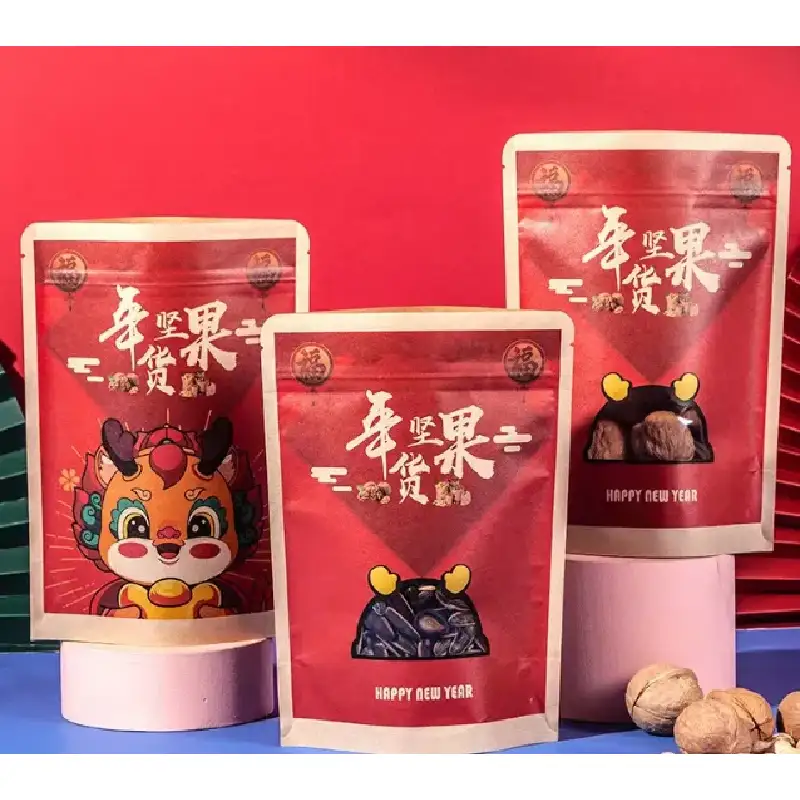Additives or coatings can play a significant role in enhancing the performance of materials used in food-grade kraft paper bags, particularly in terms of barrier properties, strength, durability, and food safety.
Here are several ways additives or coatings can improve the performance of food-grade kraft paper bags:
- Moisture Resistance:
- Barrier Coatings: Additives or coatings can be applied to kraft paper to create a moisture-resistant barrier. These coatings prevent moisture from penetrating the paper fibers, protecting the contents from moisture-related damage such as mold growth, product spoilage, or loss of texture.
- Oil and Grease Resistance:
- Grease-Resistant Coatings: Additives such as wax or polymer coatings can provide grease resistance to kraft paper, preventing oil or grease from seeping through the paper and staining or weakening the bag. This is particularly important for packaging oily or greasy food products to maintain bag integrity and aesthetics.
- Barrier Against Odors and Flavors:
- Odor Barrier Coatings: Coatings containing odor-blocking additives can help prevent the migration of odors and flavors between the packaged food and the external environment. This is crucial for maintaining the freshness and sensory characteristics of the food product and preventing off-flavors or cross-contamination.
- Heat Sealability:
- Heat-Seal Coatings: Some kraft paper bags require heat-sealing to create a secure closure. Coatings or additives can be applied to the paper surface to enhance heat sealability, ensuring strong and reliable seals without compromising the integrity of the packaging or the safety of the food contents.
- Enhanced Strength and Durability:
- Reinforcing Additives: Additives such as fibers or resins can be incorporated into the paper matrix to enhance its strength, tear resistance, and puncture resistance. food grade kraft paper bag This improves the durability of the kraft paper bag, reducing the risk of damage during handling, transportation, and storage.
- Greaseproofing:
- Silicone Coatings: Silicone coatings are commonly used to greaseproof kraft paper bags, providing a non-stick surface that repels oil and grease. This is essential for packaging fried or oily foods, preventing the paper from becoming soggy or disintegrating due to grease absorption.
- Anti-Microbial Properties:
- Anti-Microbial Additives: Some coatings or additives may incorporate anti-microbial agents to inhibit the growth of bacteria, mold, or fungi on the surface of the paper. This helps extend the shelf life of perishable food products and ensures food safety by reducing the risk of microbial contamination.
- Barrier Against Light and Oxygen:
- Metalized Coatings: Metalized coatings can be applied to kraft paper to create a barrier against light and oxygen. These coatings reflect light and block UV radiation, preserving the color, flavor, and nutritional value of light-sensitive food products and extending their shelf life.
Overall, additives or coatings play a crucial role in enhancing the performance of materials used in food-grade kraft paper bags by providing moisture resistance, grease resistance, odor barrier, heat sealability, strength, durability, greaseproofing, anti-microbial properties, and barrier against light and oxygen. These enhancements ensure the safety, quality, and integrity of the packaged food products while improving the functionality and convenience of the packaging itself.

